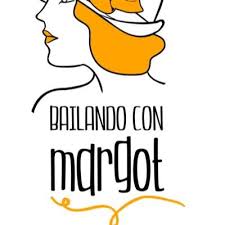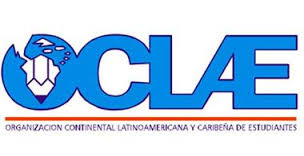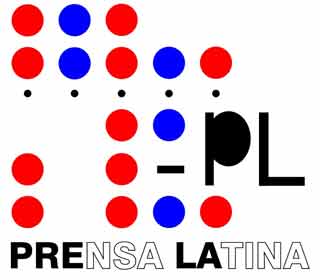Santana expects that the premiere of his film becomes a worthy experience for the viewer and considers that the film is aesthetically attractive thanks to the visual elements and the mysticism of the first decades of the last century, period of time recreated in the film.
Included in the section of film debuts during the last Havana International Festival of New Latin American Cinema, this film is the result of the maturation of the idea of a story about boxing, but with elements of noir and musical cinema.
Arturo Santana, who wrote and directed this film, said that his work is influenced by Nouvelle Vague, the noir cinema and Mexican cinema of the 40s and 50s of the 20th century. This is why Bailando con Margot presents many references of film history, in an almost personal tribute.
The filmmaker also highlighted the role of dramaturgical advice as a fundamental process that strongly demanded the review of texts, dialogues and sections of the script.
Meanwhile, the actors Mirtha Ibarra, Edwin Fernandez, Max Alvarez and Niu Ventura said that the visual and cultural references allowed them interpret better their characters.
Besides production, photography and visual effects, the music of Bailando con Margot emerges as one of the greatest successes thanks to Rembert Egües, who saw in the script the possibility to use different musical genres.





